Yoga at Home
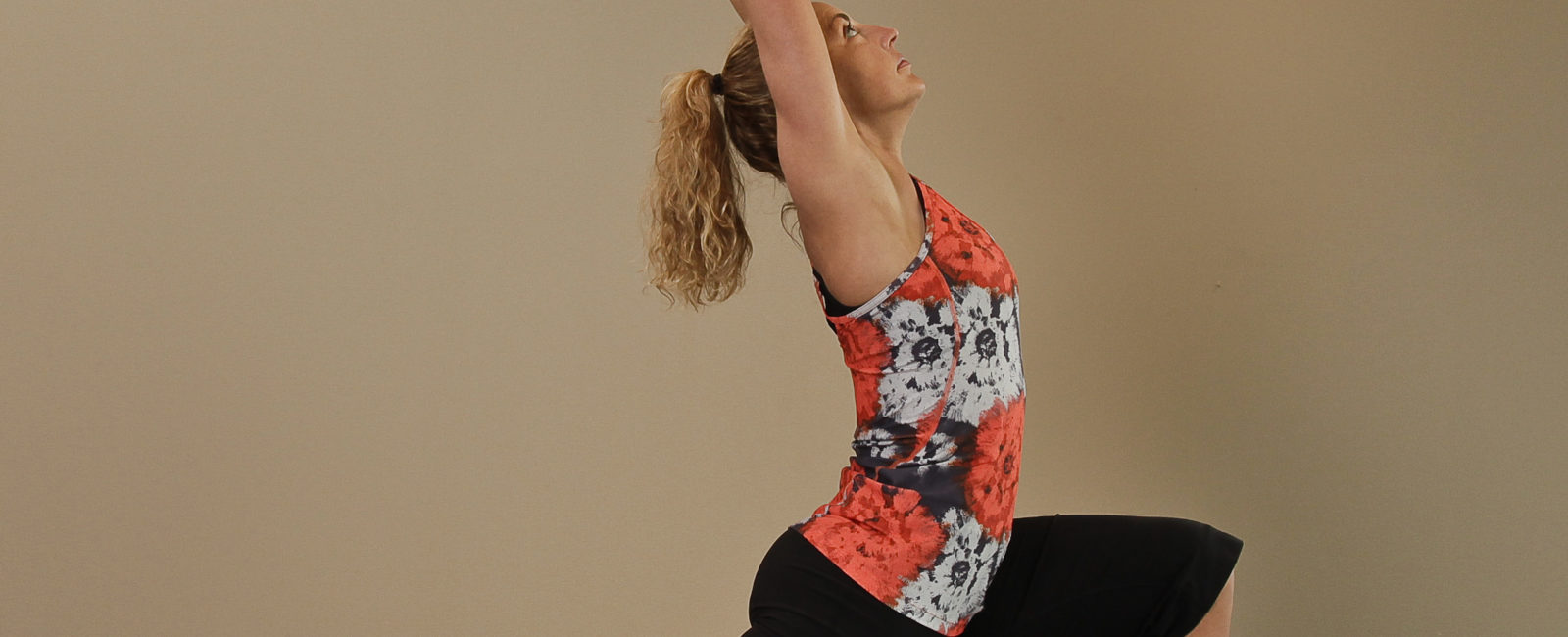
We could all use a little more yoga in our lives, both for our physical and mental health.
Yoga, which means “to join or yoke together,” is a system that dates back more than 5000 years. It is a form of physical exercise or postures, controlled breathing, and meditation, which brings the body and mind together into one harmonious experience.
The scientific research on Yoga has been enormous with well over 2000 studies confirming the benefits of Yoga and include improved muscular strength, flexibility, balance and coordination. It has also been found to reduce falls in the elderly, improve cardio respiratory fitness, increase bone mineral density, improve sleep patterns, decrease blood pressure, manage anxiety and depression, and improve self-esteem.
The act of slowing down breathing during a yoga class evokes the relaxation response which can calm the body and mind and reduce cortisol levels leading to reduced stress.
Anyone who does yoga regularly can attest that it’s not an easy workout. Many people sign up for classes expecting an hour of laying back and breathing deeply. While Yoga can be very relaxing, the typical postures work the muscles intensely – you will most likely even break a sweat! The classic yoga poses such as The Plank, The Warrior and The Triangle each require that all of the muscles in the entire body contract in order to support and maintain the pose for many seconds.
During the global pandemic, access to top-notch yoga classes online has never been greater. Check with your local yoga studio or health and fitness facility whether they offer virtual yoga classes that you can access from the comfort of your home.
Here’s a quick series of poses that you could do anywhere.
Sun Salutation:
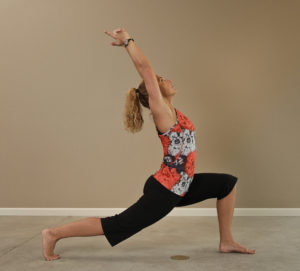
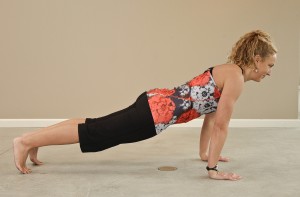
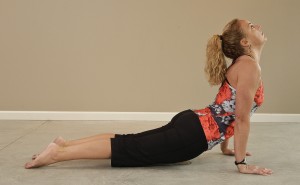
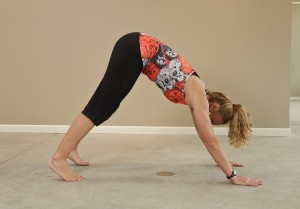
Start by standing tall in ‘Mountain’ pose. Hands either by your sides or in prayer position. Take several deep breaths.
On your next inhale, in one flowing movement, raise your arms overhead and gently arch back as far as feels comfortable.
As you exhale, move into the Standing Head to Knee position as you bend forward, bringing your hands to rest beside your feet.
Inhale, and step the right leg back into Low Lunge/Warrior pose. Take a deep breath and as you exhale take your hands to either side of your front foot.
Exhale and step the left leg back so you are now positioned in the plank. Stay strong in your core. Hold the position and inhale.
Exhale and lower yourself as if coming down from a pushup. Only your hands and feet should touch the floor. Drop to your knees if that feels more comfortable.
Inhale and stretch forward and up, bending at the waist until you are in the upward dog position. Use your arms to lift your torso, but only bend back as far as feels comfortable. Stay strong in your core.
Exhale, lift from the hips and push back and up until you are in the Downward dog position. Keep your weight back into hips, maintain a long spine, extend your legs and press your heels towards the ground. If you’re tight in your hamstrings and calves, your knees will be more bent and your heels will be lifted away from the ground. Just think of the intention of extending your legs and pressing your heels towards the ground.
Inhale and step the right foot forward into a lunge position. Feel free to take a couple steps to get into the position.
Exhale, bring the left foot forward and step into the Standing Head to knee position. Feel free to take a couple steps to get there.
Inhale and rise slowly while extending arms overhead.
Exhale and in a slow, fluid movement, lower your arms to the side into the Mountain pose. End by bringing your hands into prayer position. Continue doing a few sets on each side of your body.
Yours in health & fitness,
Sherri McMillan
